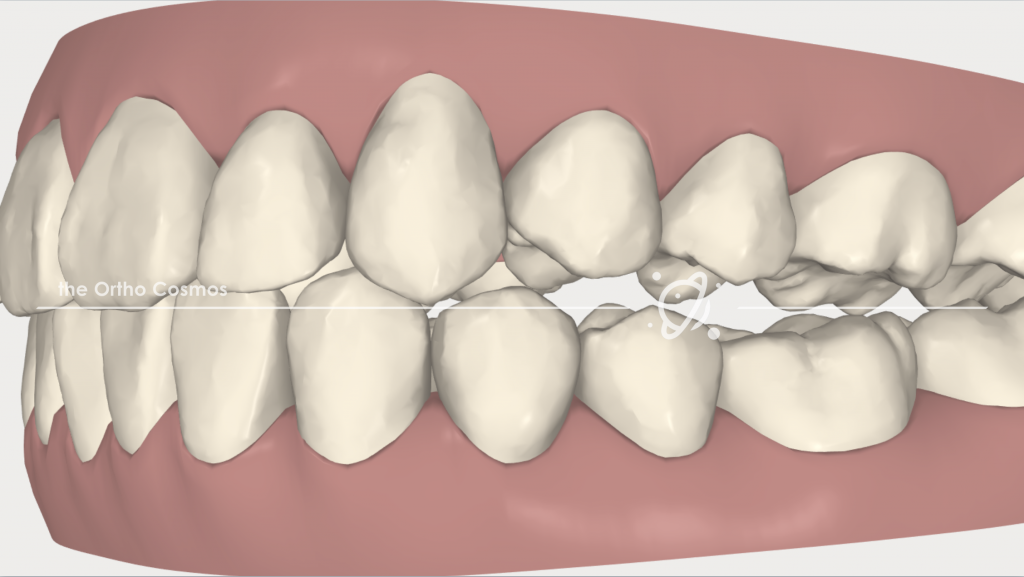 A common issue seen with aligner therapy is the development of posterior open bites. This problem appears to have become more common place as aligner treatment has increased. More evidence on the occurrence of posterior openbites and the etiology is needed, and most practitioners are having to deal with this pain point.
A common issue seen with aligner therapy is the development of posterior open bites. This problem appears to have become more common place as aligner treatment has increased. More evidence on the occurrence of posterior openbites and the etiology is needed, and most practitioners are having to deal with this pain point.
Some of the theories about posterior open bites come from various anecdotal observations. The most common being that aligners cover the occlusal of the posterior teeth. Therefore, occluding on the aligners, especially in brachyfacial patients, tends to develop this issue. I believe that is a factor in select patients. The most common reasons I have seen posterior open bites develop stem from the lack of occlusal corrections that are not fully incorporated into the virtual treatment plan. Other reasons are related to unfinished corrections that are primary factors in developing anterior interference.
Next time you see a posterior open bite develop, keep a few factors in mind so you can properly address this issue:
Upper Incisor Inclination
Lack of torque on the upper incisors can lead to heavy anterior occlusion that discludes the posterior teeth. Therefore, developing a posterior openbite. Full incorporation of lingual root torque, plus careful incorporation of incisor retraction in the treatment plan are important factors to consider when preparing your clinchecks.
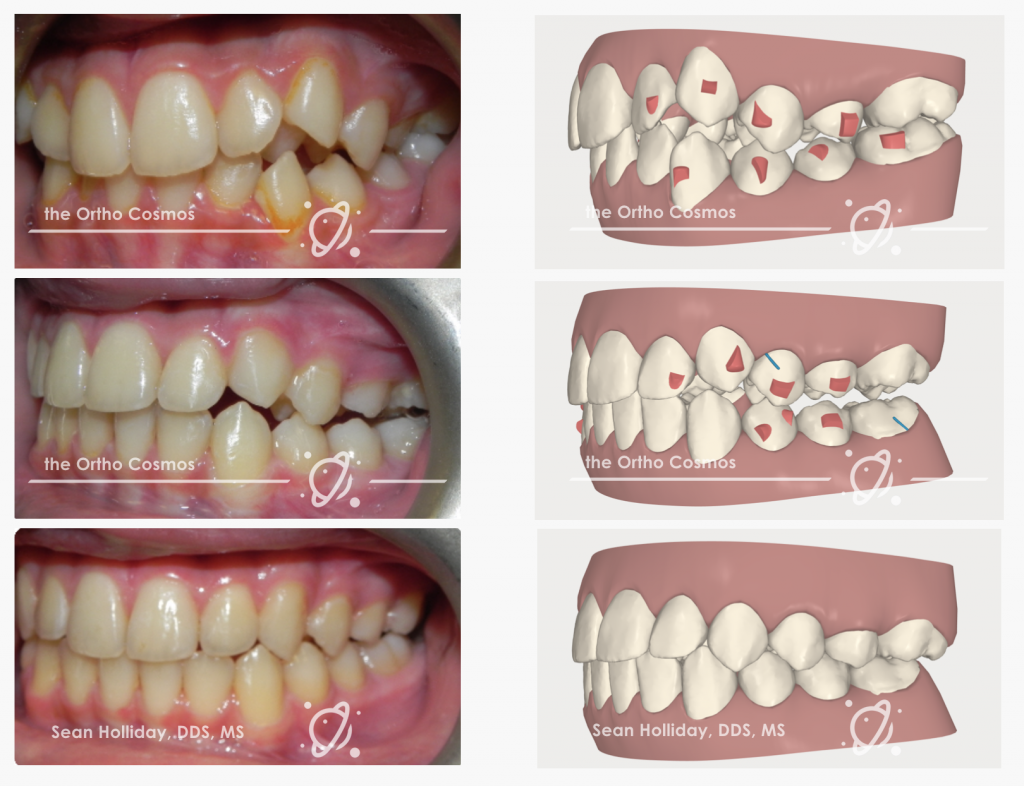
Curve of Spee & Lack of Space
Leveling the curve of Spee in treatment is a very common factor in the appearance of posterior openbites. Deep bite cases should be corrected with proper leveling, which requires additional space in the dental arch. Much like reverse curve arch wires are used in fixed appliances, a reverse curve aligner staging technique that provides sufficient space within the arch is critical to avoid heavy anterior contacts and an open posterior occlusion. This is exacerbated when the patient has a deep bite and undergoes Class II correction. If the leveling is not completed as the overjet decreases, a posterior open bite will worsen.
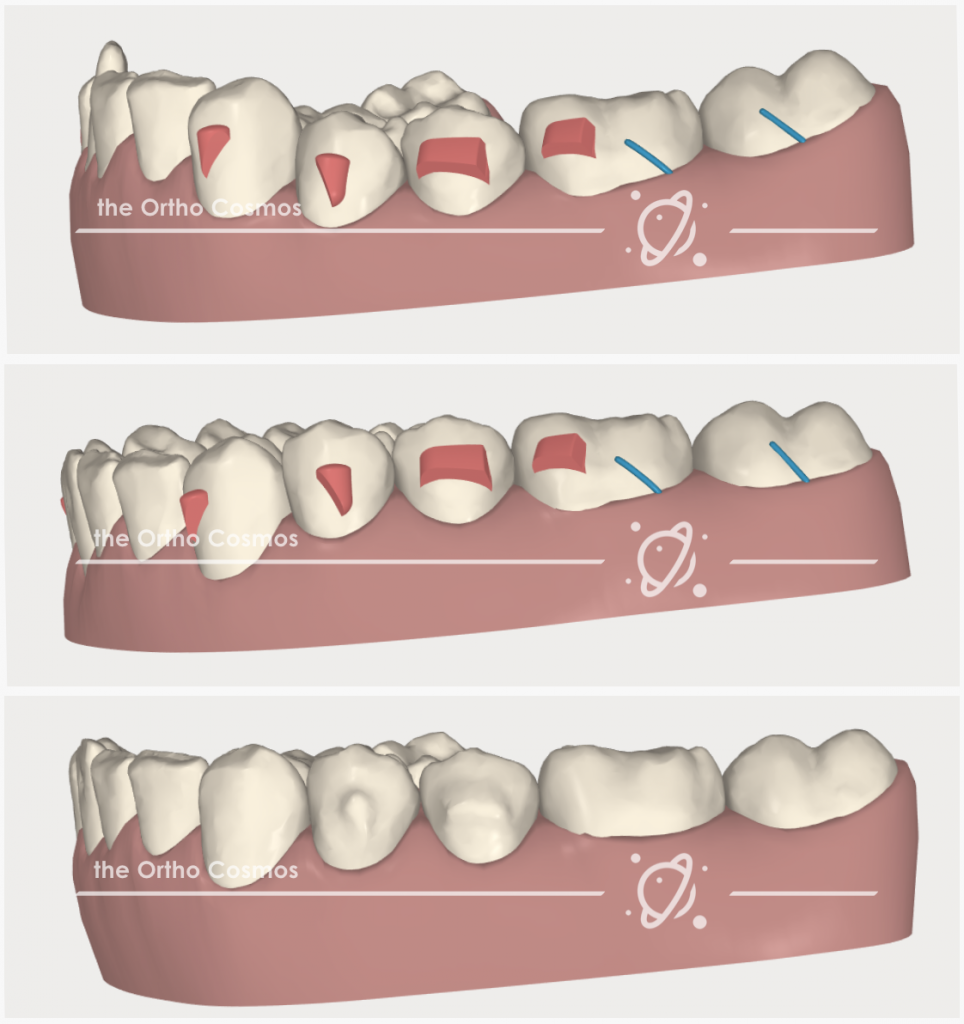
Clincheck Overjet
The virtual overjet in the clincheck is an area I recommend you focus as you develop your plans. Many doctors want the clincheck to show ideal “anterior coupling” and contact. Since there is a layer of plastic and a variable posture from extended wear of a series of aligners, the virtual treatment plans should be tailored to finish with no anterior occlusion.
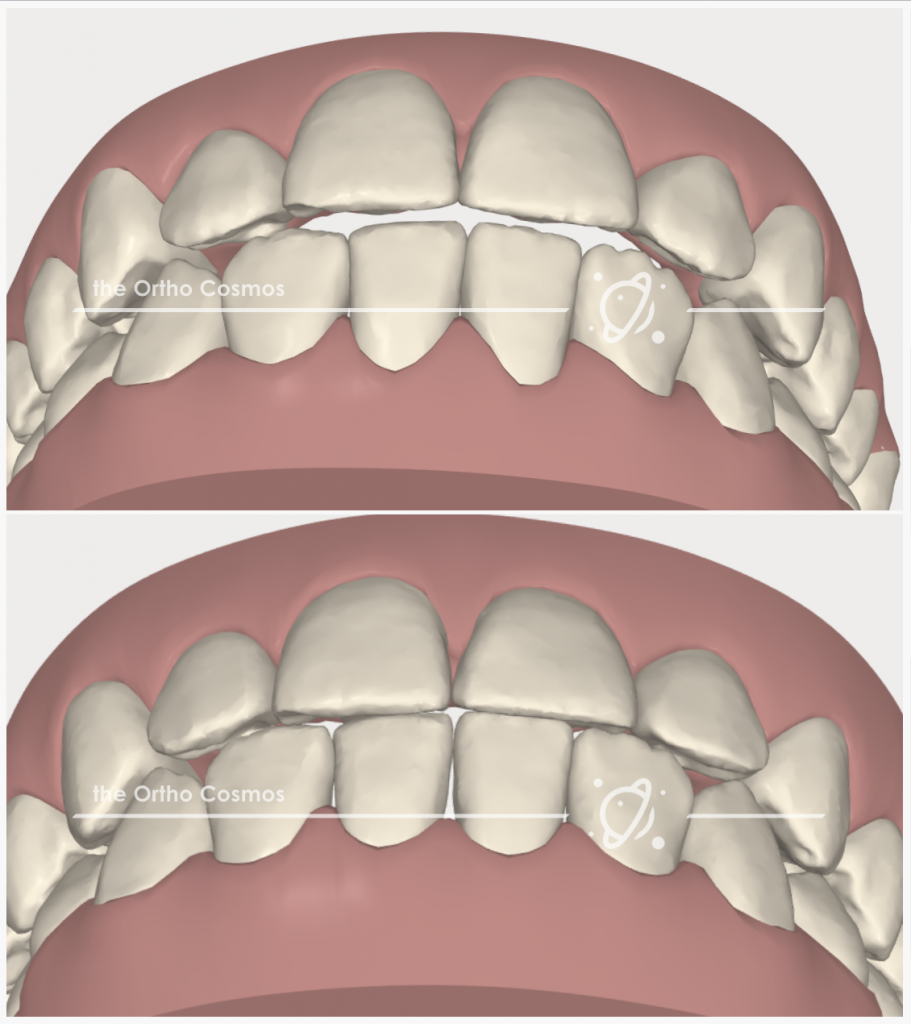
AP Correction
Lack of AP correction and minimal overjet that is common in Class III cases will also lead to heavy anterior occlusion and posterior open bites due to the fact that elastics have not been worn or have not completed their correction. In these cases, continuing elastic wear is important to regain posterior occlusion. Once overjet is gained, the heavy anterior contacts are resolved and posterior contacts are achieved.
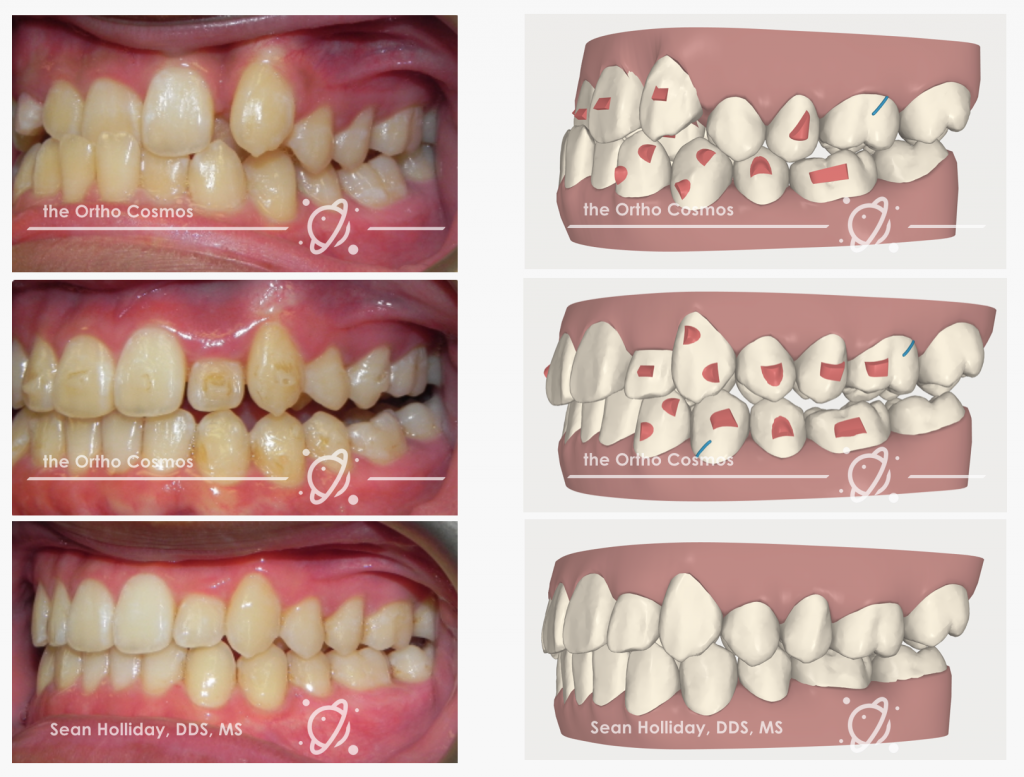
Bolton Discrepancy
In the presence of a tooth-size discrepancy, the resulting lack of overjet can also contribute to a posterior open bite. Addressing this factor via maxillary restorations or mandibular IPR are possible solutions to be considered. As I stated previously, the clincheck should be critiqued to avoid a plan that has minimal to no overjet.
Anterior Extrusion
Many Clinchecks I have reviewed have maxillary anterior extrusion in the presence of a normal or even deep bite. Although a plan to improve the smile line by anterior extrusion may be indicated in some cases, my experience is that this is commonly incorporated into Clinchecks even when this goal is not desired. Carefully monitor the anterior movements in your cases, and remember that the lower incisor intrusion that is necessary to allow for the maxillary teeth to extrude, is not 100% expressed without overcompensation. I have done a “forensic” review of many cases, where a more predictable movement (upper incisor retraction with simultaneous extrusion) is incorporated with a less predictable movement (pure lower incisor and canine intrusion), without proper safeguards to compensate for the varying degrees of expression in this appliance.
Second Molars
Finally, I would like to make a case for the positioning of your second molars. These teeth will impact your posterior occlusion, and I have seen many cases where they were ignored, and molar extrusion was incorporated on the maxillary arch that lead to an occlusion only on the incisors and second molars. When you desire proper posterior occlusion, don’t ignore some of the posterior teeth that contribute to that occlusion.
Leave a Reply